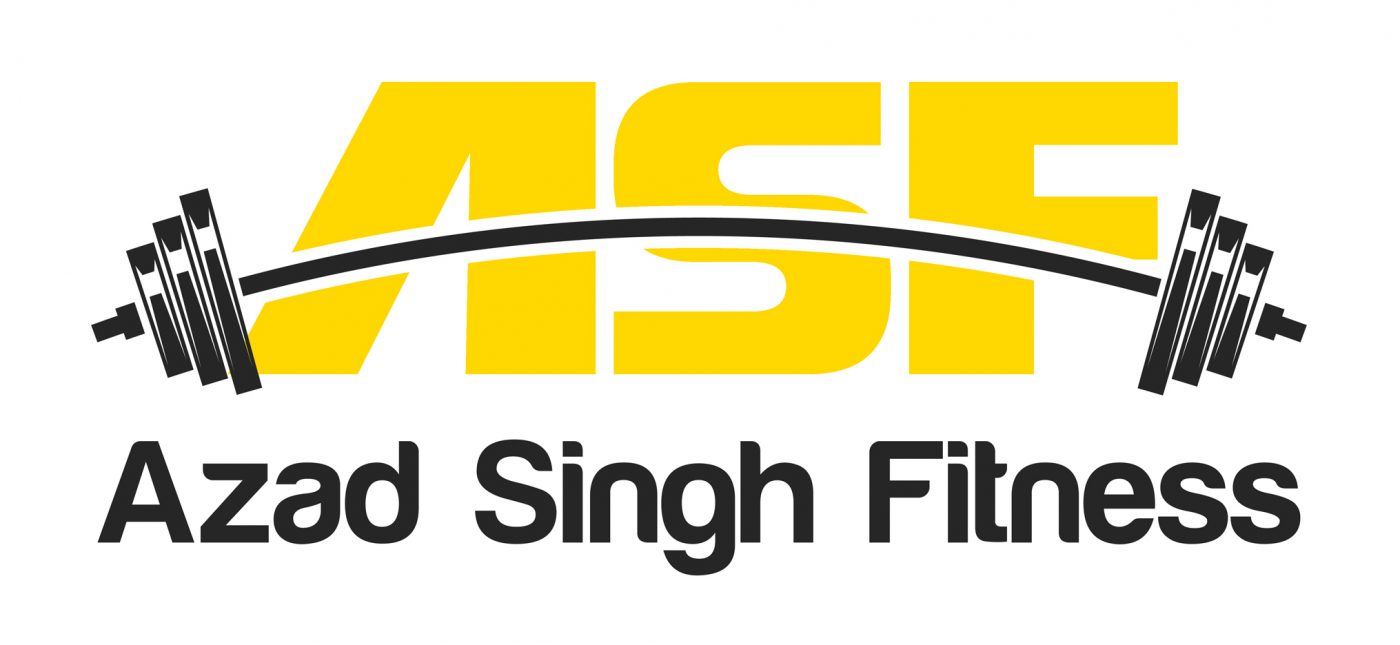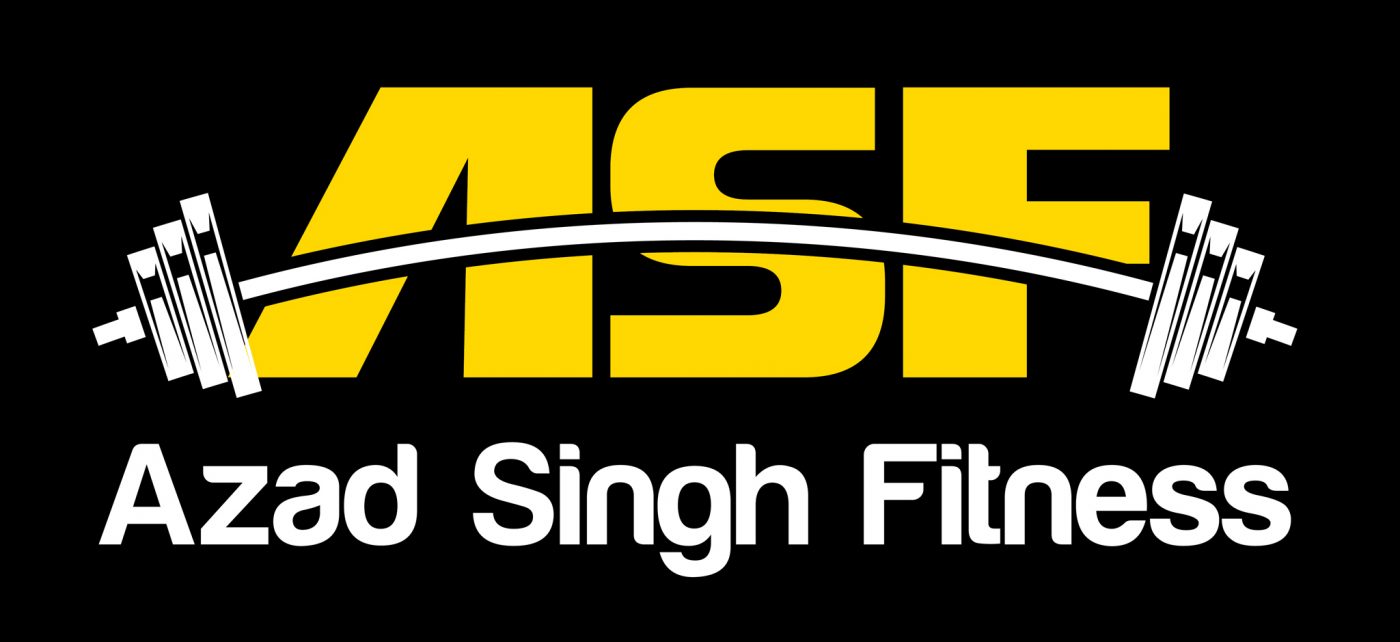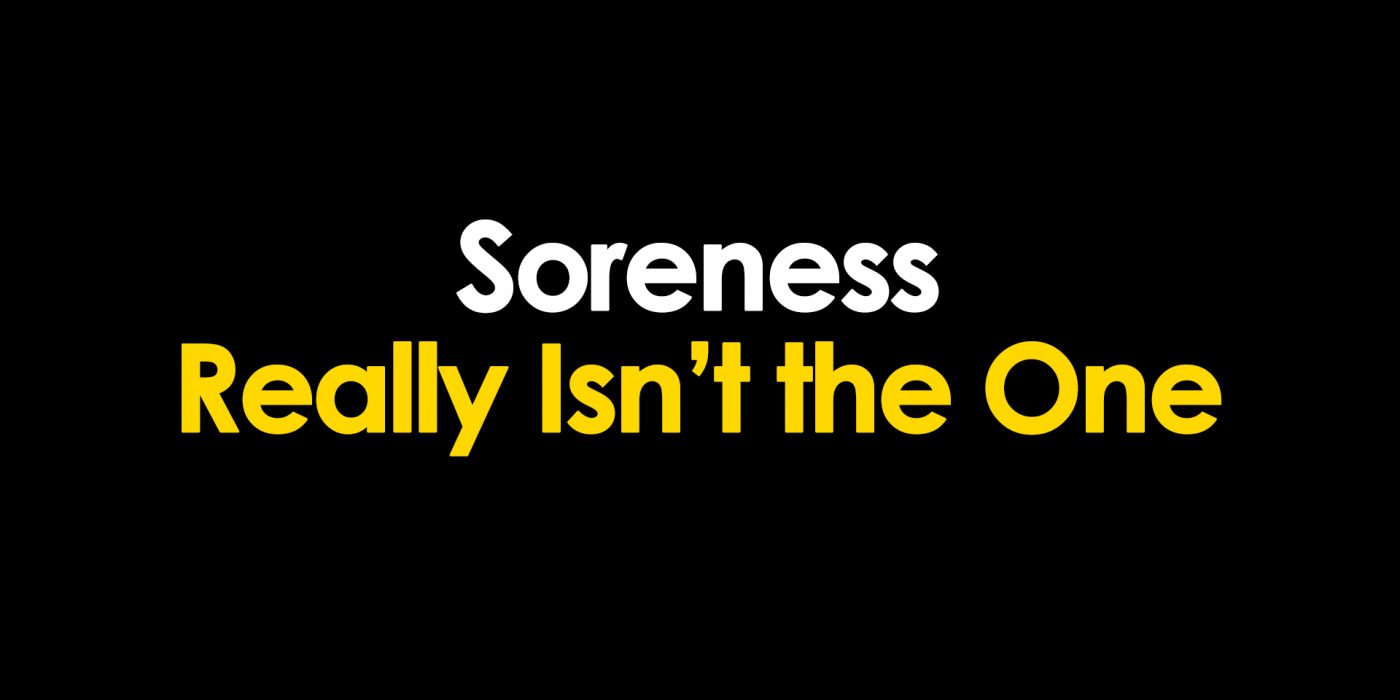“Azad, do you mind altering the Tuesday workout. I didn’t feel ANYTHING the next day, I want to feel like I’ve worked”.
I’ve had this request on multiple occasions. It’s not something I’ve made up for this post.
People want to feel sore from their workouts and to wear that as a badge of honor in the following days that some quality work has been put in. But soreness really isn’t the one.
Soreness definitely isn’t a reliable indicator for a good hypertrophy workout.
I’ve got an example for you (albeit a painful memory).
I went to a muay thai class once.
You can probably already see where this is going.
I was kicked in the leg many times over the course of the hour class, and even with holding a pad up against my thigh, it hurts. The next morning I was incredibly sore in the thighs, the same spot I was kicked into by someone a few weight classes above.
This was probably only partly the reason there was soreness/muscle damage, another reason would be that I had taken part in an activity I wasn’t used to. One which involved many eccentric contractions (lengthening muscle actions) and raising my leg to kick many times.
Needless to say I didn’t proudly wear this soreness the same way, but my point remains the same. I didn’t judge the quality of that training session on the basis of how sore I was the next day. I judged it based on what I learnt, the time I got to spend developing kicking skill (in this case), as well as the people and coaches I interacted with.
Bringing it back…
Let’s bring this back to gym workouts with a focus on building muscle as that’s likely why you’re here.
Is soreness the primary sign of a good workout? No.
Is soreness a sign of a good workout? Again, not really, no.
Soreness can just be an indicator you’ve had some new stimulus, new workload you’re not yet adapted to, or in my case you’ve been kicked in the leg a lot.
Being excessively sore though, is actually a hindrance. It means you’ve done too much, especially if it lasts longer than 3 days. In my experience, It can turn beginners off returning to the gym completely. It can also mean working on a muscle less frequently, less motivation and less movement outside of the gym.
If you do find yourself in this situation, where you’re super sore, getting in some movements like walking or getting in a repeated session with much lower intensity can be helpful. But more importantly, take it a bit easier.
So what can you use as a better indicator?
Progressive overload is a much better sign of a good workout. Have you done more than last time? Have you made progress?
This can be in the form of completing another set on a given exercise, another rep, increasing the weight, decreasing rest time, improving technique at the same weight etc. There are many forms of progressive overload. But the idea is simple, be better than last time.
This is how the effectiveness of sessions should be judged, not the level of soreness.
It doesn’t take much to get sore (if that’s the primary aim of a workout). You can get to a muay thai class and get kicked in the legs for an hour, you’ll get incredibly sore. Don’t recommend it.
In the case of working legs, You could also do some crazy things like superset barbell squats with dumbbell lunges for 15 minutes. Especially if those sets are fairly heavy and intense.
But again, this should never be your primary intention of a workout.
A properly structured program, which allows you to progress slowly and steadily weekly shouldn’t really have you with any unbearable soreness. Feeling your sessions slightly, absolutely, but never the kind of soreness you get where you’re struggling to walk for 5 days.
That’s a good sign you’ve pushed it too hard.
So keep this in mind moving forwards.
Progression is a sign of a good strength and hypertrophy workout, soreness isn’t.


